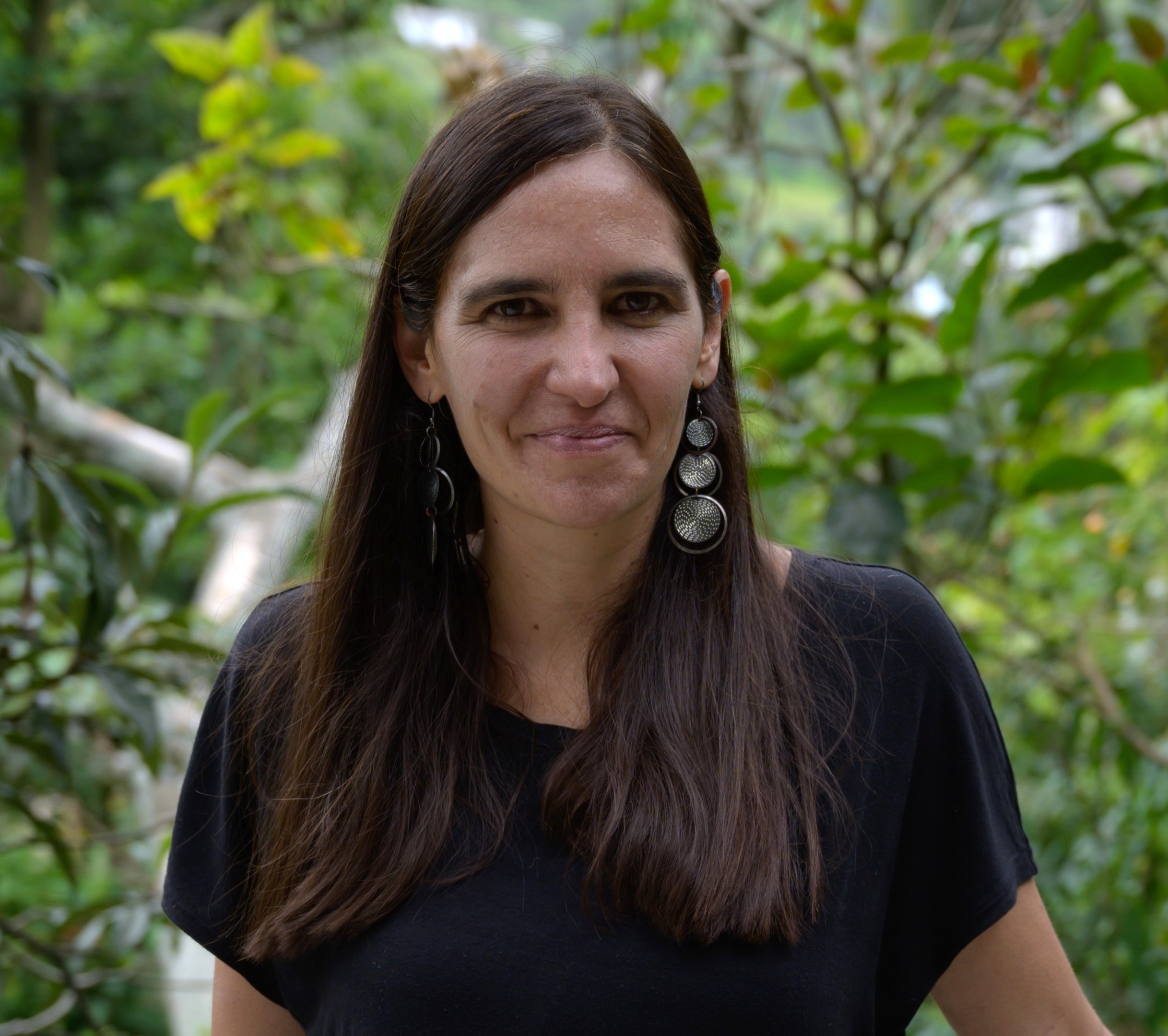Collective Re-Worlding through Feminine and Indigenous Power: A Path to Thriving Biodiverse Ecosystems
- Chochi Iturralde

- Sep 23
- 3 min read
By María José (Chochi) Iturralde
Executive Director of Fundación Pachaysana, the nonprofit behind Humans for Abundance

I was born and raised in Ecuador, a small country famous for the Galapagos Islands and home to part of the Amazon rainforest—the largest tropical forest in the world. The Amazon holds more than 60% of the planet’s biodiversity and 200 billion tons of carbon, now being released at alarming rates through deforestation.
It is here, in the Amazon, where my journey began.
As an educator and a mother, I dream of changing broken systems so that the next generations can thrive. Today, life in the Amazon is not working—not for the forests, the species, the communities who live there, nor for the rest of the planet. But I don’t want to dwell on bad news. Instead, I want to share what I’ve seen: how Indigenous communities, especially women-led ones, are showing us a different path.
RESTORING
Five years ago, I left my job to create a project to save the Amazon. I imagined restoring forests by paying farmers to stop monoculture and deforestation, while supporting them with regenerative agriculture training, nutrition, entrepreneurship, and science-based monitoring.

That idea became Humans for Abundance. We raised $250,000 and launched with Mushullakta, an Indigenous Kichwa community. José and his wife Mayra, the leaders, told us how decades of government pressure had forced families to log their forests and plant pesticide-dependent crops like naranjilla. The result: poverty, malnutrition, and broken relationships with the forest.
When José lost his eyesight due to alcohol poisoning, Mayra stepped forward. Against the odds, she organized 12 families. They built a nursery and bamboo office, and began planting close to 1,000 trees each month. It was inspiring progress.
But workshops soon revealed deeper wounds. Through theater, women voiced their sadness: their children had to leave at age 12 for distant high schools, often never returning. They were taught their language, cosmovision, and food forests—chakras—were worthless. As Scott Turow writes, “Who are we but the stories we tell ourselves, about ourselves, and believe?”

RE-STORYING
The women reminded us that restoration wasn’t just about trees. True transformation meant re-storying—reviving identities, rituals, ancestral knowledge, and pride in being Indigenous.
Theater became a vehicle for this. Families remembered who they were before colonial systems, and reclaimed their concept of Sumak Kawsana, the wellbeing of all living things.

We, outsiders, realized how limited Western definitions of “ecosystem” are compared to Indigenous wisdom. As Robin Wall Kimmerer writes in Braiding Sweetgrass:
“Humans have the least experience with how to live and thus the most to learn—we must look to our teachers among the other species for guidance.”
In Mushullakta, this wisdom came alive each morning as families gathered at 5 a.m. to drink sacred guayusa tea. They began to see that the beliefs they were taught to be ashamed of were, in fact, the foundations of resilience.
RE-WORLDING
With new stories in their hearts, the community began re-worlding—dismantling harmful systems and choosing ones rooted in balance. They restored soils, planted diverse crops, raised fish and chickens for protein, and grew cacao and coffee under the canopy without harming animal habitats.

Just as importantly, they revived ancestral arts, healing practices, and justice systems. They proudly spoke their language and held regular rituals. And perhaps most transformational, they created their own Forest School, where the forest itself is the teacher and young people stay rooted in their culture.
This courage to reconnect head and heart is, to me, the essence of feminine power. Once restored, ecological regeneration followed: biodiversity rebounded, soils sequestered carbon, and forests provided nutrition, medicine, and peace.
Through this, I learned that true change comes not just from restoring, but from re-storying and re-worlding.

COLLECTIVE RE-WORLDING
Mushullakta could not have done this alone. Co-restorers worldwide shared resources. Our nonprofit became the bridge, creating spaces for re-storying and partnership.
This is collective re-worlding: building regenerative communities where social, cultural, and ecological systems thrive together. Like schools, these communities can be measured—by women’s leadership, education access, income, soil and water health, biodiversity, and more. And unlike many large-scale projects, they don’t require vast sums. Mushullakta, for example, protects nearly 1,000 acres of forest with less than $100,000 a year.
Now the question becomes: how will you take part in this collective re-worlding? Whether through study abroad, retreats, research, or direct support, we all have a role. Together, we can move from transactional to transformative, creating regenerative communities across the globe.
The women of Mushullakta have shown us the way. The invitation is open—let’s accept it.



